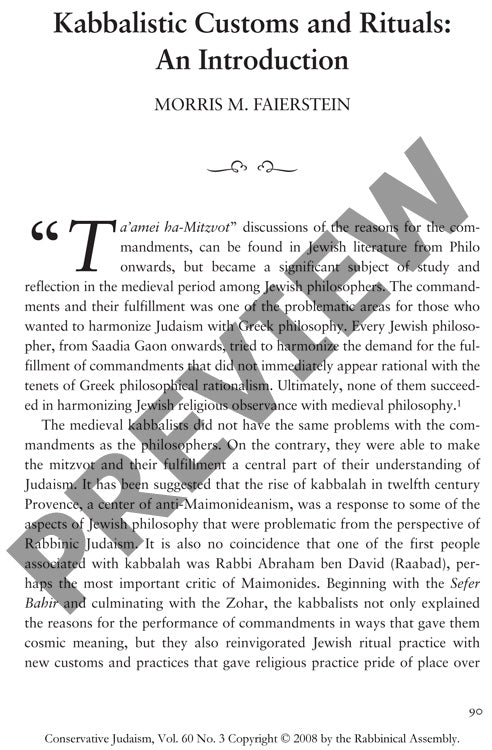Kabbalistic Customs and Rituals an Intro
Couldn't load pickup availability
Medieval kabbalists revolutionized Jewish ritual practice by positioning seemingly mundane religious observances as cosmic acts capable of strengthening divine unity or empowering evil forces. Through historical-textual analysis of primary sources including the Sefer Bahir, Zohar, and later kabbalistic literature, a clear evolution emerges from philosophical discourse to lived religious experience. Unlike their rationalist contemporaries, kabbalists successfully integrated commandment fulfillment into their theological framework through theosophical and theurgical concepts. These theoretical foundations, first developed in Spanish kabbalah, found practical expression in sixteenth-century Safed, particularly under Isaac Luria's influence. Specific innovations like the Berikh Shemei prayer and Ushpizin customs exemplify how kabbalistic interpretations gradually penetrated broader Jewish communities. The transformation established ritual practice as theurgically efficacious rather than merely symbolic, fundamentally reshaping Jewish religious observance across denominational boundaries and continuing to influence contemporary practice.

More Information
-
Physical Description
-
Publication Information
Published 2008
ISBN
-
Publication Credits
Morris Faierstein

